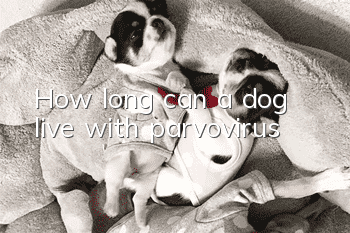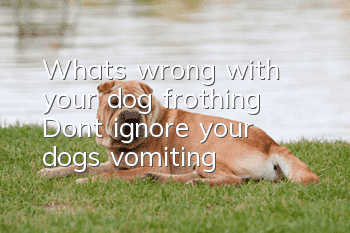How to choose a good puppy? You can check the health status of your puppy from these aspects.

When selecting a puppy, carefully check the puppy's facial features
The nose is moist, cool, no secretions, and the sense of smell is normal.
Hearing is normal, there is no odor or sticky attachments in the ear, redness, swelling, trauma, bleeding, etc. all prove that the inner ear is damaged or there are parasites in the ear, these are unhealthy signs.
There is no foamy secretion in the mouth. A healthy dog's teeth should be red and the gums should be pink. If there is tartar, the teeth are damaged, and the gums are gray-white, it can be considered that there is a problem with the dog's health (bad breath and Tartar is not a serious health problem, but dogs with l3 odor usually prove that there is a problem with their diet)
The dog’s eyes should be clear and clean. The eyes are bloodshot, the eyeballs have a white film, and there is a lot of eye feces in the corners of the eyes. Protruding flesh is a symptom of unhealthy health.
Things to note when choosing a puppy
1. Appetite: A dog is not interested in the food it likes to eat every day or food with a good smell. It reduces its food intake or completely refuses to eat. This is abnormal.
2 Vomiting Dogs, like cats, are carnivorous animals that are prone to vomiting. Vomiting may occur if you eat slightly inappropriately. This is not necessarily a disease either. If persistent vomiting occurs, it should be taken seriously.
3 Diarrhea Diarrhea in dogs is a sign of illness, especially continuous diarrhea, and measures should be taken. Especially dogs that have not been vaccinated against canine distemper should consult a veterinarian as soon as possible.
4 Sneezing or watery eyes Sneezing or watery eyes are the main symptoms of a cold or influenza. If you seek medical treatment in time, the treatment will generally be good.
5. Dry and wet conditions at the nose. Normally, the nose of a dog is black and moist. A wet and excessively runny nose may indicate a cold; a dry and rough nose may indicate a fever. 6. Dogs with drinking water impairment often approach the drinking water pool and want to take the initiative to drink water. But if you try to drink water that doesn't or won't go into your mouth, it will drip out again. Ninety-nine times out of ten, you have some disease in your throat, such as pharyngitis. A rabid dog is very thirsty. They cannot drink water because of paralysis of the throat. Sometimes water can lead to madness. 7. Shaking the head and scratching the ears are specific symptoms of ear disease. If the ears are dirty and smelly, there may be parasites. If there are dander on the ear tips, there may be scabies.
8 Salivation Oral diseases (such as stomatitis, glossitis, oral mucosal ulcers and dental diseases, etc.) Salivation is a natural symptom, and bad breath can also be smelled. During the excitement phase of rabies, the mouth is full of salivation. 9. Frequent urination or defecation. The dog frequently makes defecation and defecation movements, but cannot pass urine or feces, or only traces of feces and urine are seen. Dogs with frequent urination may have bladder or urethra problems, and those with frequent defecation may have intestinal problems. The dog should be taken to the veterinary hospital for medical treatment in time.
10 Scratching the skin If the dog expresses restlessness and scratches its skin and coat frequently, it means that the dog is infested with fleas and lice, or is infected with scabies, fungal skin disease, eczema or pseudorabies. At this time, the dog's coat is thin and there may be bald spots.
11 The redder the color of the gums and tongue, the healthier the person. Red means anemia or intestinal parasites.Or blood in the stool (parvovirus or hookworm disease)
12 Most healthy dogs run and jump and play with other dogs. If you sleep alone, it may be a sign of poor health.
- Can canine hookworm be transmitted to humans? Dogs are healthy!
- What should you do if your puppy has diarrhea just a few days old? Common dog diseases!
- What circumstances can cause a golden retriever's nose to become dry and cracked?
- Differential Diagnosis of Vomiting in Dogs
- What are the coat colors of Eurasian dogs?
- What to do if your dog accidentally eats black desiccant
- Why do dogs like to lick their owners’ faces?
- What causes a dog's dry nose? Is he sick?
- What are the common dog eye diseases? Inventory of dog eye diseases
- How big can a Chow Chow grow and is it easy to raise_Training|Price|Pictures



